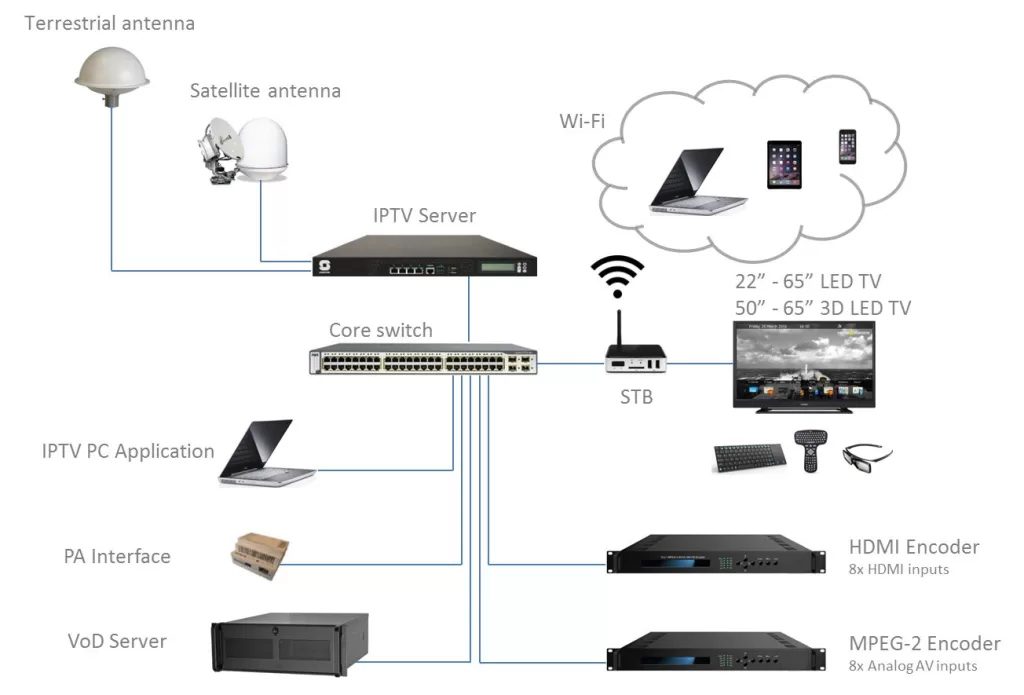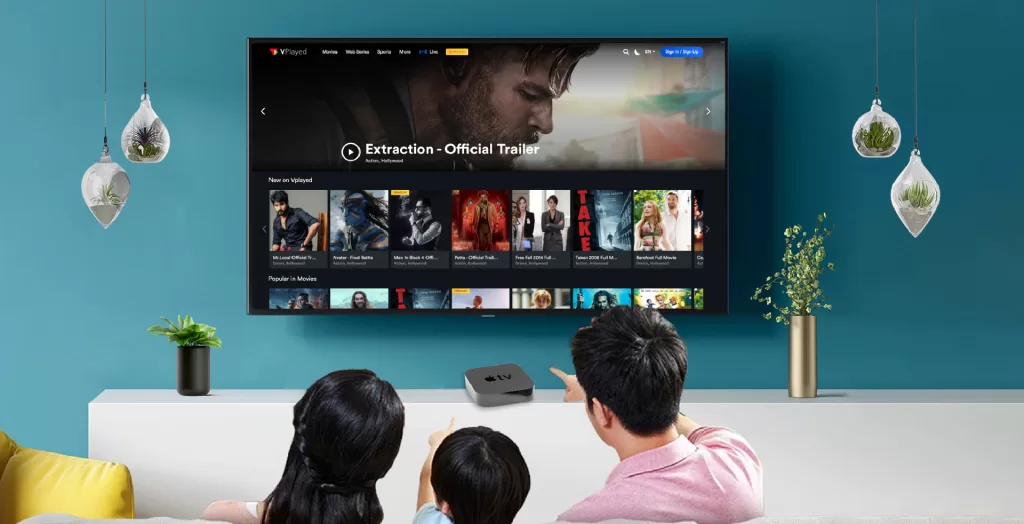IPTV (Internet Protocol Television) has become an increasingly popular technology in recent years as a way for users to stream live TV channels and on-demand content over the internet. With the rise of streaming services like Netflix, Hulu, and Amazon Prime, many people are looking for alternative options to traditional cable or satellite TV. If you’re interested in creating your own IPTV service, this article will walk you through the process.
Step 1: Research IPTV Service Providers
The first step in creating your own IPTV service is to research IPTV service providers. There are many companies that offer IPTV services, and it’s important to choose a reliable and reputable provider that can meet your needs. Look for providers that offer a wide range of channels and content, as well as features like DVR and on-demand playback. You should also check the quality of their streams and their customer support options.
Read also: IT Jobs: Top 10 High-Paying IT Jobs
Step 2: How to Choose a Content Delivery Network (CDN)?

Once you’ve chosen an IPTV service provider, you must choose a content delivery network (CDN). A CDN is a network of servers that delivers content to users based on their geographic location, which helps to ensure fast and reliable streaming. Your IPTV service provider may offer their own CDN, or you may need to choose a third-party CDN. Some popular CDN providers for IPTV include Akamai, Cloudflare, and Limelight Networks.
Step 3: How to Select the Right Hardware?
To create your own IPTV service, you’ll need to have the proper hardware. This includes servers to host your streams, as well as devices for your users to stream the content on. You may also need to purchase software to manage your streams and your user accounts. Some popular hardware options for IPTV service providers include dedicated servers, cloud hosting, and content management systems (CMS).
Step 4: How to Obtain Licensing for Content?

Before you can offer any content on your IPTV service, you’ll need to obtain the proper licensing. This can be a complex process, as the licensing requirements for different types of content can vary widely. You may need to obtain licensing from multiple sources, such as TV networks, movie studios, and sports leagues. It’s important to work with a lawyer or licensing expert to ensure that you are obtaining the proper licenses and not infringing on any copyrights.
Read Also: IT Jobs: Top 10 High-Paying IT Jobs
Step 5: How to Set Up Your IPTV Service?

Once you have all of the necessary components in place, you can set up your IPTV service. This will involve configuring your servers and CDN, setting up your user accounts and payment systems, and configuring your software to manage your streams and content. You should also test your service thoroughly to ensure that it is working properly and that your users are able to access the content without any issues.
Read Also: Top 5 High Paying Graphic Designing Jobs
Step 6: Promote Your IPTV Service

Finally, you’ll need to promote your IPTV service to attract users. This can be done through a variety of channels, such as social media, online advertising, and word-of-mouth marketing. You may also want to offer promotions or discounts to attract new users. It’s important to have a clear and compelling value proposition for your IPTV service, such as a wide selection of channels, high-quality streams, and competitive pricing.
Additional Considerations

Creating your own IPTV service can be a complex and challenging process, but it can also be very rewarding. Here are some additional considerations to keep in mind:
* Choose the right business model: There are several different business models for IPTV services, including subscription-based, pay-per-view, and advertising-supported. You’ll need to decide which model is best for your service based on your content offerings and your target audience.
* Offer a user-friendly interface: The success of your IPTV service will depend largely on how easy it is for users to navigate and find the content they want. Make sure your interface is intuitive and user-friendly, with clear menus and search functionality.
Read Also: 7 Ways to Become a Successful Digital Marketer

Ensure high-quality streams: Quality is key when it comes to IPTV, as users will quickly lose interest if the streams are laggy or pixelated. Make sure your servers and CDN are configured to deliver high-quality streams and consider offering multiple quality options to accommodate different devices and internet speeds.
* Consider localization: If you’re targeting a specific geographic region, it’s important to consider localization. This can include offering content in local languages, providing region-specific channels, and ensuring that your servers and CDN are located in the right regions to ensure fast and reliable streaming.
* Implement security measures: IPTV services can be a target for hackers and other cyber threats, so it’s important to implement strong security measures to protect your users’ data and your content. This can include encryption, firewalls, and monitoring for suspicious activity.
Additional Considerations for IPTV Continues..

Creating your own IPTV service can be a complex and challenging process, but it can also be very rewarding. Here are some additional considerations to keep in mind:
* Choose the right business model: There are several different business models for IPTV services, including subscription-based, pay-per-view, and advertising-supported. You’ll need to decide which model is best for your service based on your content offerings and your target audience.
* Offer a user-friendly interface: The success of your IPTV service will depend largely on how easy it is for users to navigate and find the content they want. Make sure your interface is intuitive and user-friendly, with clear menus and search functionality.
Read Also: 7 Ways to Become a Successful Digital Marketer

Ensure high-quality streams: Quality is key when it comes to Internet Protocol TV, as users will quickly lose interest if the streams are laggy or pixelated. Make sure your servers and CDN are configured to deliver high-quality streams and consider offering multiple quality options to accommodate different devices and internet speeds.
* Consider localization: If you’re targeting a specific geographic region, it’s important to consider localization. This can include offering content in local languages, providing region-specific channels, and ensuring that your servers and CDN are located in the right regions to ensure fast and reliable streaming.
* Implement security measures: Internet Protocol TV services can be a target for hackers and other cyber threats, so it’s important to implement strong security measures to protect your users’ data and your content. This can include encryption, firewalls, and monitoring for suspicious activity.
READ ALSO: Top 5 High Paying Graphic Designing Jobs

